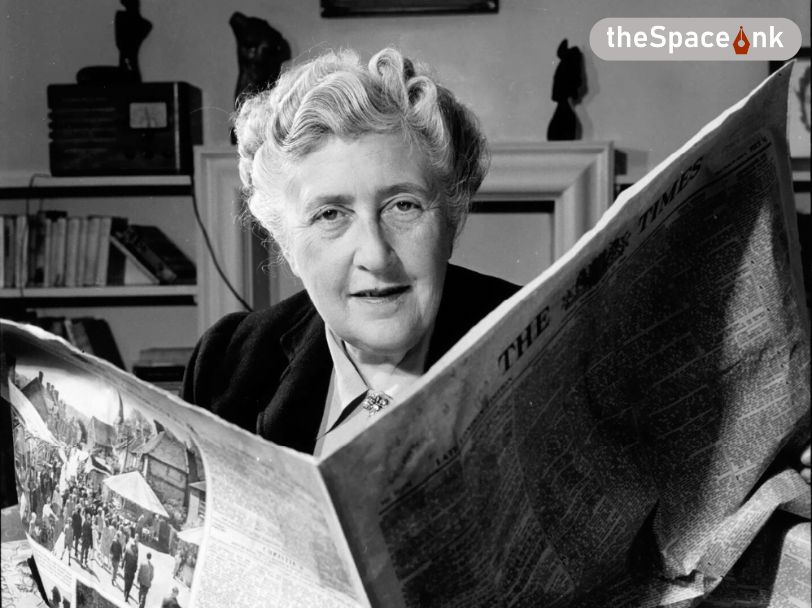At 11 a.m. on December 4th, 1926, the Guildford police received news of a peculiar car accident. A Morris Cowley had veered off the road, coming to rest on the grassy verge, its bonnet entangled in nearby bushes. Inside, onlookers found a fur coat, some personal toiletries, and a driving license bearing the name Mrs. Agatha Christie.
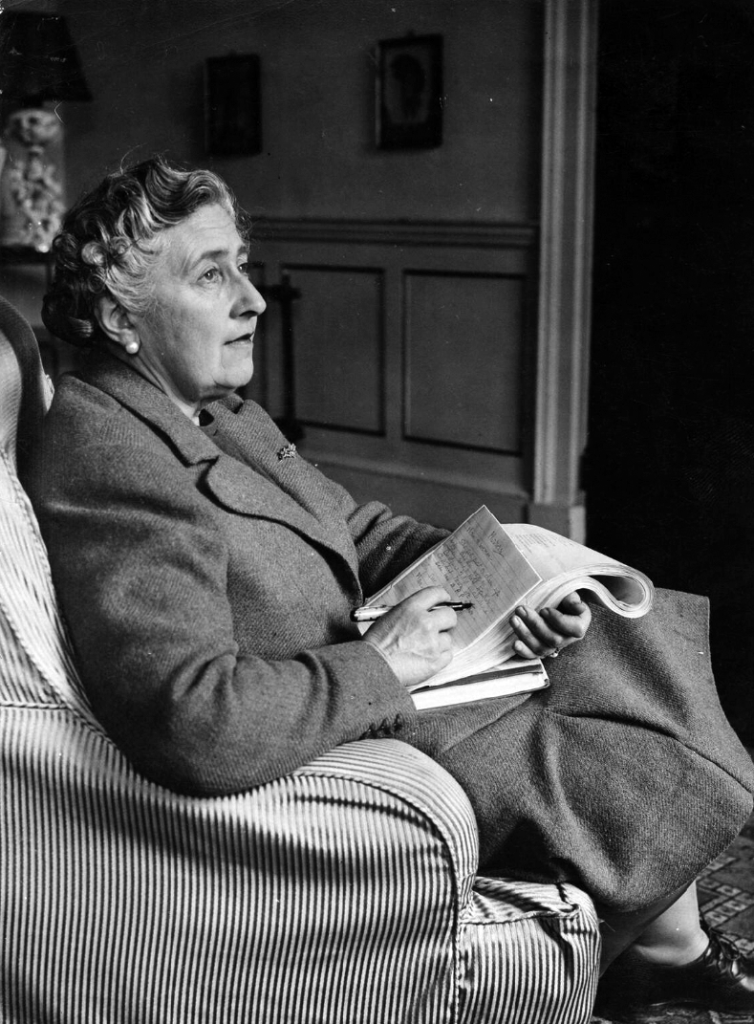
For Deputy Chief Constable William Kenward, who was on duty that morning, the name sent a jolt of alarm. He understood the potential repercussions if something untoward had befallen this individual; the nation would likely be in an uproar within hours. Without delay, Kenward grabbed his hat and overcoat and headed to the scene. The investigation that Kenward and his team initiated at 11 a.m. on that December day in 1926 remains, in many ways, an open case. The reasons behind this enduring mystery continue to be debated and studied to this day.
The sequence of events leading up to the discovery began the previous evening, December 3rd. Agatha Christie had left her residence, in her Morris Cowley
The sequence of events leading up to the discovery began the previous evening, December 3rd. Agatha Christie had left her residence, in her Morris Cowley. She had a bitter argument with her husband, Archibald Christie. Their marital discord stemmed from the arrival of another woman, Nancy Neele, into Archie’s life. Archie desired a divorce, a proposition Agatha resisted, leading to increasing complications and bitterness within their family.
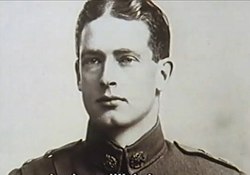
Amidst this personal turmoil, Agatha was experiencing considerable professional success. 1926 marked a new zenith in her literary career. Her sixth novel, and one of her most celebrated, ‘The Murder of Roger Ackroyd,’ had just been published. Furthermore, a collection of short stories featuring her now-iconic detective, Hercule Poirot, was also released, achieving remarkable commercial success. Yet, this professional triumph seemed to stand in stark contrast to her declining personal peace. As her literary star ascended, her domestic harmony waned. Adding to her distress, Agatha’s mother had passed away, an event seemingly met with indifference by Archie, who did not attend the funeral. The couple had moved to a new home hoping to mend their strained relationship, but the change of scenery appeared ineffective. Archie frequently absented himself on weekends, visiting friends, leaving Agatha to spend time in their new home with their daughter, Rosalind, and her writing.
Also Read: The Tree that Grants Wishes
Returning to December 1926, the discovery of the abandoned car intensified the police activity. Given Agatha Christie’s prominent status as a writer, the investigation was immediately high-profile. As days turned into a week with no sign of her, the newspapers buzzed with speculation. Theories ranged from suicide to murder, with some even pointing the finger at her husband, Archie. Others posited a more sensational explanation: a publicity stunt orchestrated by the author herself to boost sales of her mystery novels.
Then, after eleven days of intense public and police scrutiny, a dramatic development occurred. Agatha Christie was found. She was staying at the Swan Hydro Hotel in Harrogate. A hotel employee recognized her, despite her having checked in under the name Teresa Neele. The surname “Neele” was significant – it was the last name of Archie’s lover. Agatha had used only the surname, claiming her full name was Teresa Neele and that she hailed from South Africa. Mrs. Teresa Neele had arrived with minimal belongings, explaining that her suitcase was at a friend’s house and that she merely desired a few days of respite at the hotel.
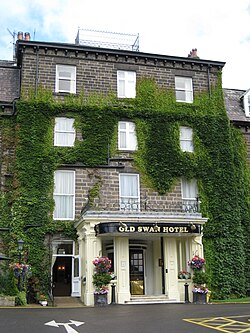
The nature of those eleven days at the Swan Hydro has been the subject of much conjecture. Journalists, detectives, writers, and the police have all attempted to reconstruct that period, drawing from eyewitness accounts and police reports. What emerges is a picture of Teresa Neele engaging in the hotel’s social life. She dined with other guests, enjoyed the evening music, and dressed appropriately for the occasions, showing no signs of seclusion. However, newspapers carrying news of Agatha Christie’s disappearance, complete with her photograph, began to circulate among the hotel guests. Polite discussions arose regarding the resemblance between the woman known as Teresa Neele and the missing author. Eventually, this information reached the police, bringing Agatha’s stay at the hotel, and her disappearance, to an end.
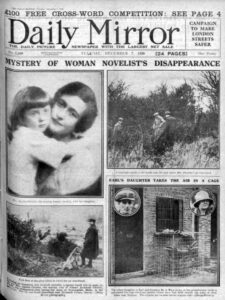
Upon her return home, Agatha consulted a psychologist, reporting a complete loss of memory for the preceding eleven days. Whether this amnesia was a genuine consequence of emotional distress, a deliberate act for other motives – such as increasing book sales, pressuring her husband, or a desperate attempt to salvage her marriage – remains a subject of debate.
This significant chapter of her life was glossed over with the enigmatic statement: “I have been able to remember as much as I wanted to remember
Intriguingly, Agatha herself, despite penning a comprehensive autobiography over fifteen years (from April 2, 1950, in Iraq, until 1965, at the age of 75), chose to omit any detailed account of her disappearance. Her autobiography meticulously recounted her childhood, adolescence, youth, love, and even mundane details like her first airplane journey and the sounds of London taxis, all in vivid prose. Yet, the eleven days of her disappearance remained a conspicuous silence. This significant chapter of her life was glossed over with the enigmatic statement: “I have been able to remember as much as I wanted to remember.”
Also Read: From Brushstroke to Buzzword
However, Agatha’s fans and relatives breathed a collective sigh of relief upon her safe return after eleven days. One might expect the police and authorities to share this sentiment, but the reality was somewhat different. Instead of relief, her reappearance seemed to provoke a degree of shock, particularly given the intense scrutiny the British media had placed on the police during her absence. The international press had also followed the unfolding drama. While the British police had exerted considerable effort in their search, deploying search parties, aerial surveillance, and divers, questions began to surface regarding the resources expended. Was the time, money, and manpower, including the use of aircraft and divers, truly justified? Had crime rates in Britain plummeted so drastically that such extensive resources could be dedicated to a single missing person case?
Whispers and suppressed discussions within various departments soon took on a more formal tone. On February 25, 1927, Glasgow MP Neil McClean formally wrote to the British Home Secretary, requesting a detailed breakdown of the Metropolitan Police officers involved in the search for Mrs. Agatha Christie, their remuneration, and the overall cost and duration of the operation.
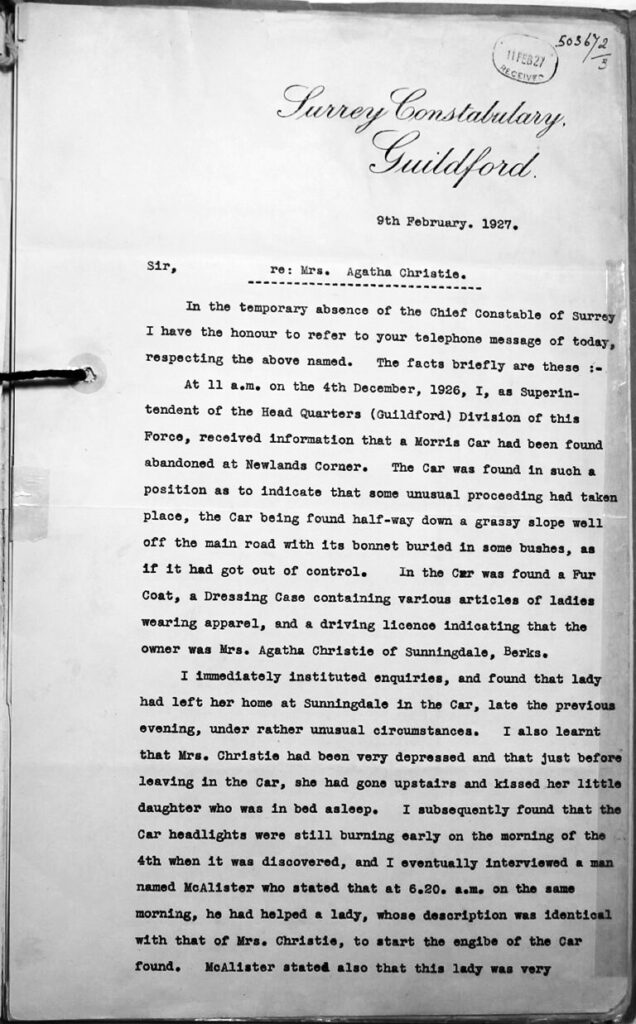
The response from the British Home Office was surprising. According to their records, no Metropolitan Police officers were specifically assigned to the case, and therefore, no additional costs were incurred by the Metropolitan Police. The case was handled according to the standard procedures for missing persons.
He attributed his wife’s disappearance to depression and memory loss, nothing more. However, his subsequent reaction added another layer of complexity
Despite the Home Office’s attempt to distance itself financially, the Agatha Christie affair continued to raise eyebrows. Archibald Christie’s statement to the police had become public. He attributed his wife’s disappearance to depression and memory loss, nothing more. However, his subsequent reaction added another layer of complexity. The police allegedly requested Archibald to contribute to the substantial costs of the search for Agatha. Archie flatly refused, arguing that while Agatha was his wife, the responsibility for finding a missing person rested with the police, and he would not participate financially in their duties.
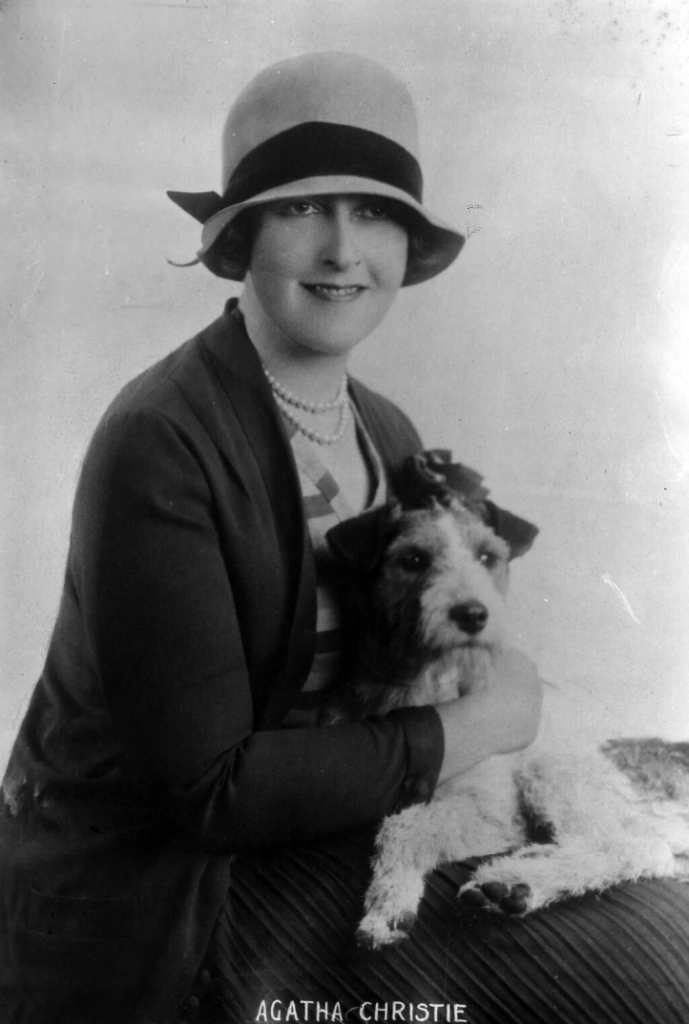
The contradictory information – a “free” search according to the Home Office and a demand for payment from Archie – underscores the enduring mystery surrounding Agatha Christie’s eleven-day absence. The legendary queen of crime remains, in her own life, a mystery as captivating, if not more so, than any she penned.
Image Courtsey:
Pijus Ash is a freelance journalist with over two decades of experience. An avid reader by nature, he likes to pursue independent research. In addition to his passion for reading, Pijus enjoys traveling and frequently embarks on backpacking.


